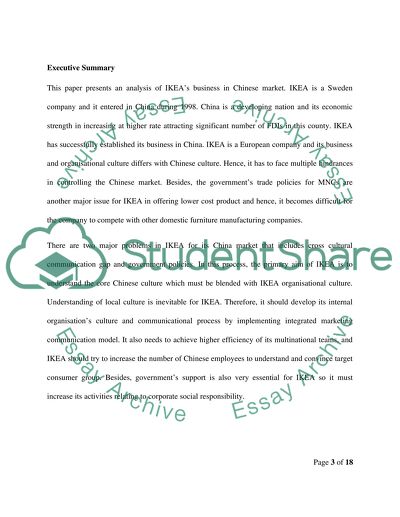Cite this document
(“COMMUNICATION IN BUSINESS - case study format Essay - 1”, n.d.)
Retrieved from https://studentshare.org/environmental-studies/1405423-communication-in-business-case-study-format
Retrieved from https://studentshare.org/environmental-studies/1405423-communication-in-business-case-study-format
(COMMUNICATION IN BUSINESS - Case Study Format Essay - 1)
https://studentshare.org/environmental-studies/1405423-communication-in-business-case-study-format.
https://studentshare.org/environmental-studies/1405423-communication-in-business-case-study-format.
“COMMUNICATION IN BUSINESS - Case Study Format Essay - 1”, n.d. https://studentshare.org/environmental-studies/1405423-communication-in-business-case-study-format.


